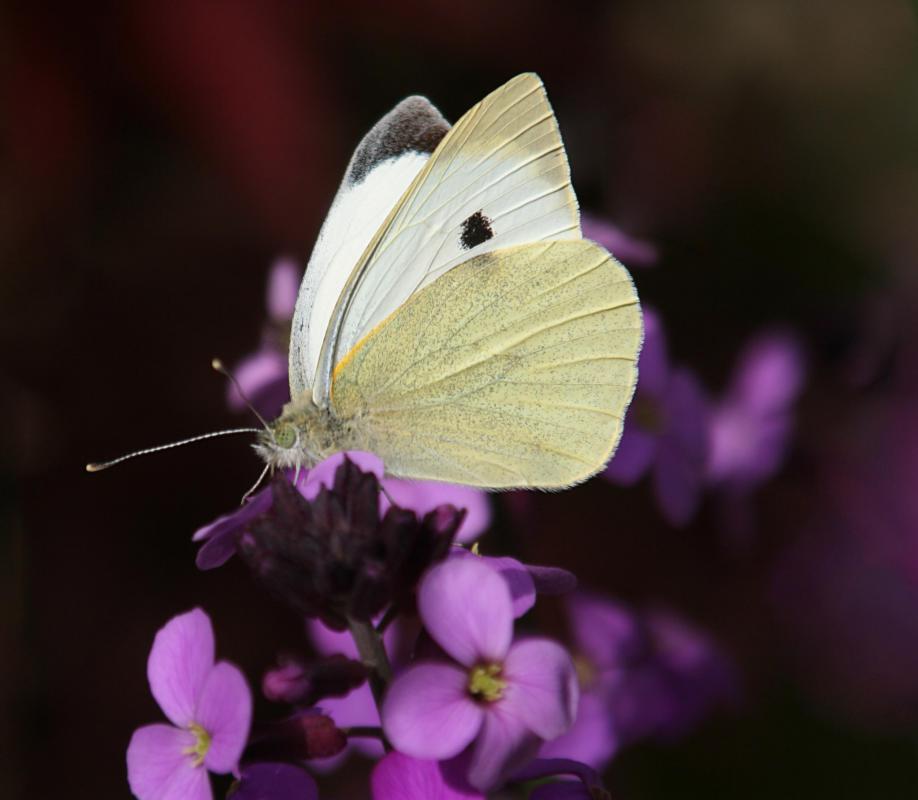At HomeQuestionsAnswered, we're committed to delivering accurate, trustworthy information. Our expert-authored content is rigorously fact-checked and sourced from credible authorities. Discover how we uphold the highest standards in providing you with reliable knowledge.
What is a Persian Lilac?
Syringa persica, or the Persian lilac, is a tall flowering shrub with somewhat mysterious origins. Known for its high-growing foliage and delicate blossoms, the Persian lilac is believed by some horticulturists to have been a part of the horticulture trade since the 17th century. The modern plant is often a sterile hybrid, raising the interesting possibility that gardeners have been actively cross-breeding lilacs for more than 400 years.
Like most lilac species, the Persian lilac produces dense clusters of blooms, though true varieties feature a distinctly spicy scent somewhat unlike common lilacs. The flowers of this variety tend to be pink or lavender, though some species are much paler or even white in color. Arching gracefully, the branches of this lovely shrub can reach up to eight feet (2.43 m) in height with proper care and pruning. The foliage tends to be dark green, leading many gardeners to grow it simply for its pretty leaves.

The origin of the Persian lilac is believed to be southwestern Asia, though some gardeners believe it is a hybrid created in Iran from Chinese and Afghanistan lilac species. Since it is a hybridized breed, it is often difficult to pin down exactly what constitutes a true Persian specimen. Many plants advertised as Persian lilacs are actually a similar hybrid called Syringa chinensis. The spicy aroma and uniform color are the best ways to identify a true Persian shrub. Left to flourish, lilacs masquerading as Persians will also grow much higher, often exceeding ten feet (3.04 m).
A relatively easy flowering shrub to grow, the lilac requires an average amount of moisture and partial or full sun. It is recommended that they are planted on a slight elevation or hillside, as roots cannot tolerate excessive moisture and good drainage is required. They prefer slightly sandy soil, but do not require much fertilization beyond composting or a yearly fertilization treatment. Some gardeners believe that the shrubs will produce better and heartier flowers in soil that is low in nitrogen.
The flowering period for the Persian lilac is often late spring, but this may vary slightly depending on regional temperatures. Most temperate regions provide acceptable growing conditions for this and other lilac varieties, though very cold and rainy climates may not be the best choice. Blossoms are known to attract bees and butterflies, but avoid any small seeds that appear as these are considered poisonous to humans.
AS FEATURED ON:
AS FEATURED ON:











Discuss this Article
Post your comments